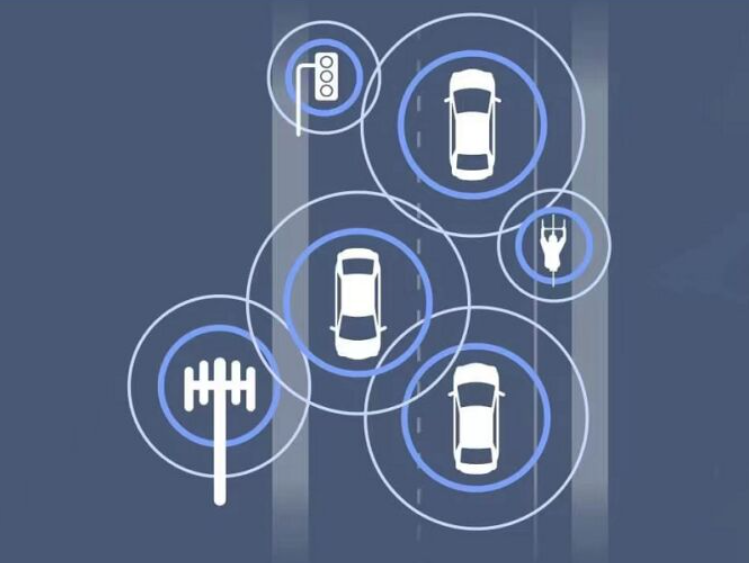
5G network has the characteristics of high speed and low latency, and with the rapid development and deployment of 5G technology, the practicality of Vehicle networking (Vehicle-to-everything or Vehicle to X, V2X) has been improved, and the development speed of vehicle networking applications has also been accelerated. This article introduces the application development of vehicle networking and 5G technology, as well as the features of the V2X module introduced by Murara (Murata Manufacturing) and the PoE class power module for V2X vehicle tracking applications.
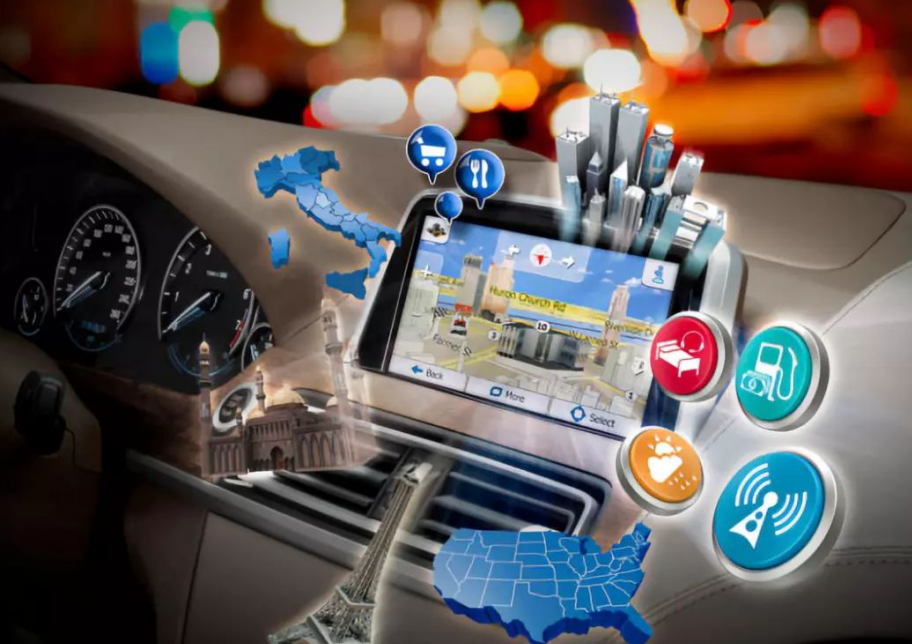
Comprehensive connected car applications improve human mobility patterns
The Internet of Vehicles (V2X), also known as the Connected Car, refers to the application of Internet and communication technology in the car to enable the car to connect and communicate with the outside world. This connection can be communication between vehicles, between vehicles and infrastructure (such as traffic lights, roadside units, etc.), and with other devices and services. These communication systems include V2I (car to infrastructure, car to road system), V2N (car to network), V2V (car to car), V2P (car to pedestrian), V2D (car to device), etc. If vehicle networking technology can be comprehensively introduced, it will comprehensively improve human travel mode.
The applications of the Internet of vehicles cover many areas, including vehicle safety, navigation and route optimization, entertainment and information, fault diagnosis and remote monitoring, autonomous driving, behavioral analysis and insurance pricing, as well as environmental protection.
Vehicle networking technology can enable real-time communication between vehicles and traffic management centers and other vehicles, thereby improving driving safety. For example, vehicles can receive alerts from other vehicles to avoid potential collisions and improve vehicle safety. In addition, the Internet of Vehicles enables cars to connect with navigation systems and mapping services, providing real-time traffic information and the best routes to help drivers avoid traffic jams and congested roads, providing navigation and route optimization.
In-car entertainment and information is also a big selling point for current vehicle designs, with the Internet of vehicles allowing passengers to connect to the Internet and enjoy entertainment and digital content. This entertainment and information content will include in-car media, streaming music, social media, and other digital applications.
On the other hand, vehicle networking technology can assist in fault diagnosis and remote monitoring of vehicles, allowing vehicles to transmit diagnostic information to owners or automakers in real time to help identify and solve problems, which helps to improve the efficiency of vehicle maintenance and service.
Of course, automatic driving is already an important direction of the development of new generations of vehicles, and major automakers have invested a lot of efforts to achieve vehicle autonomous driving functions. Vehicle networking is one of the foundations of autonomous driving technology, communication and perception between vehicles will enable cars to cooperate with each other, form collaborative work, and provide a higher level of driving automation.
The Internet of vehicles technology can also collect driving behavior and vehicle data, according to which insurance companies can assess driving risks and customize more personalized insurance quotes. Through behavioral analysis, drivers' driving habits can be understood to assist in insurance pricing. When a car accident occurs, the responsibility for the accident can also be judged based on the collected driving behavior data.
Through the Internet of vehicles can improve the efficiency of vehicles, but also can assist in monitoring and management of vehicle emissions, will help improve traffic efficiency and reduce the impact on the environment. However, the Internet of vehicles has also caused some security and privacy issues, such as hacker attacks, data leaks, etc. Therefore, while developing the Internet of vehicles technology, it is also necessary to pay attention to security and privacy protection measures.
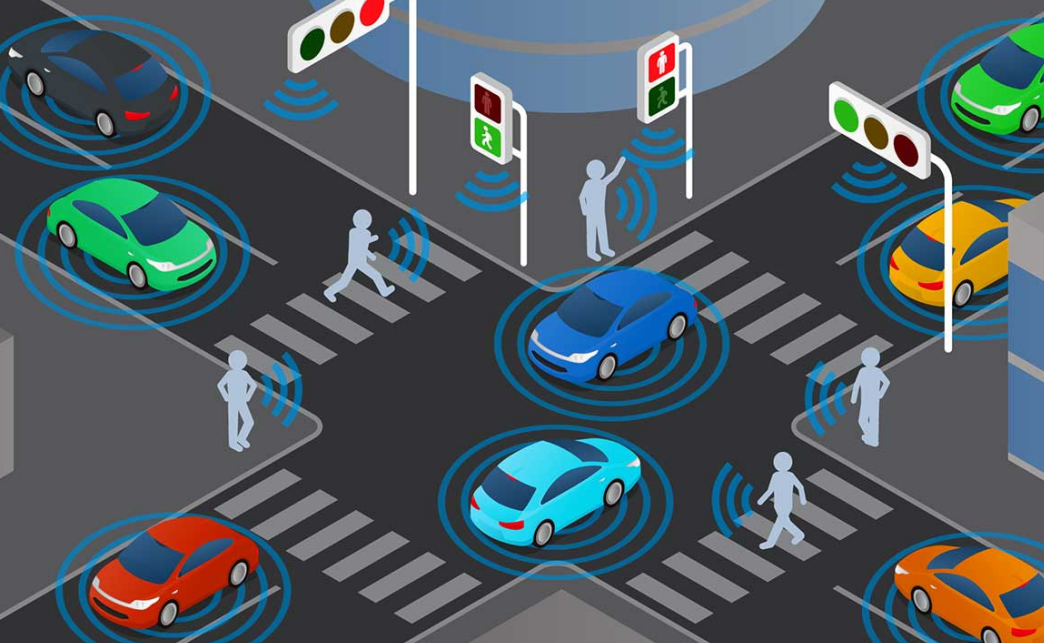
5G network characteristics have a significant impact on the development of vehicle networking applications
The emerging 5G technology has a significant impact on the application of the Internet of vehicles, and it is a key technology to achieve more advanced, more efficient and more reliable vehicle connectivity and communication. Because 5G networks provide faster data transmission speeds than previous communication technologies, it means that vehicles can receive and transmit data more quickly, achieving more real-time communication and reaction, which is very important for autonomous driving technology and real-time updates of traffic information.
In addition, the low-latency characteristics of 5G will enable connected vehicle systems to complete data transmission and reception in a very short time, resulting in more efficient traffic management and faster vehicle response, which is a key factor in ensuring safety for autonomous vehicles.
5G can also provide greater network capacity to connect a large number of vehicles and devices simultaneously, which helps enable complex vehicle-to-vehicle communication and interaction. In addition, 5G also provides higher reliability to ensure the stable operation of the connected vehicle system.
The 5G network enables more direct communication between vehicles, which can share information such as location, speed, driving route, etc., enabling more efficient traffic coordination and collaboration, which is very important for autonomous driving and traffic flow optimization in heavy traffic situations. In addition, 5G technology also supports connectivity between vehicles and traffic infrastructure, such as communication with traffic lights and road monitoring systems, enabling more intelligent traffic management and route optimization.
5G also provides more efficient data transmission and processing capabilities, enabling vehicles to better collect and analyze large amounts of data, which has important implications for driving behavior analysis, fault diagnosis, and insurance pricing. Overall, the application of 5G technology will greatly promote the development of vehicle networking technology, providing more powerful vehicle connectivity and communication capabilities, resulting in a safer, more efficient and smarter transportation network.
Current standards for connected vehicle applications include the 3GPP Release 14/15 standard Cellular V2X (C-V2X), The IEEE802.11 standard DSRC (Dedicated short-range communications) is designed for use in one-way or two-way, short-to-medium distance wireless communication channels in automobiles.
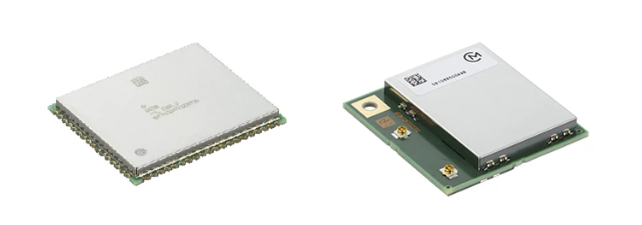
Advanced V2X solution with Autotalks chipset
Murata's V2X modules include Type 1YL and Type 2AN, two modules that support DSRC and C-V2X standards, can support V2X communication such as V2V, V2I, and help detect vehicles entering intersections, prevent collisions between vehicles in front of them, and detect vehicles in blind areas. Available for OBU (on-board unit) and RSU (road side unit), with AEC-Q100 compliant chipset, antenna design support, high reliability, and a total solution with compensator, Murata also offers customers extensive field measurement experience.
Murata has been working with Autotalks, a pioneer in V2X communication solutions, to introduce groundbreaking new technologies to facilitate the development of collaborative security and higher levels of automated mobility. This enables Murata to introduce a V2X wireless module solution portfolio, through which direct V2V and V2I communication can be supported.
For maximum versatility, Murata's V2X solutions can be adapted to the customer's requirements. When intended for a host-less configuration, it will feature Murata's Type 2AN V2X module. If there is a built-in host, Type 1YL can be used. Both automotive-grade units are based on Autotalks' PLUTON2 and SECTON V2X chipsets. These modules are not only top-performing, but also extremely robust, ensuring continued reliability even under the most challenging operating conditions, and the Murata V2X modules are able to support V2X software stacks from many different vendors.
What sets Murata V2X modules using Autotalks chipsets apart is that customers can choose which of the two V2X communication standards they want to use, DSRC or C-V2X. Therefore, they can directly address different geographic regions (Europe, Asia, North America, etc.) using the same module through simple software configuration. This means that the system design can remain unchanged, significantly reducing the associated engineering costs.
Murata's Type 1YL is a module that supports both wireless communication DSRC and C-V2X communication modes of V2X, which can be mounted not only on cars, but also on infrastructure such as signals. The Type 1YL is equipped with Autotalks' SECTON IC (ATK4055C) and PLUTON2 IC (ATK3200) with a supply voltage of 5V /3.3V and supports USB /SPI /UART interface. The module is 33.0mm x 27.0mm x 3.0mm, supports a wide temperature range of −40 ° C to 105 ° C, and supports surface mount (SMD). The module is packaged with a metal shell, hardware safety module (eHSM), and provides braided and reel packaging.
Another Murata Type 2AN is also a module that supports V2X wireless communication DSRC and C-V2X two communication modes. In addition, the Type 2AN is equipped with a processor that CAN run V2X middleware and application and optional Secure Can MCUS. The Type 2AN is equipped with Autotalks' CRATON2 IC (ATK4245C) and PLUTON2 IC (ATK3200), as well as a dual-core ARM Cortex A7 CPU with a small size of 38.5mm × 37.5mm × 8.5mm. It CAN operate in a wide temperature range of −40 ° C to 85 ° C, with a supply voltage of 5V /3.3V, with USB /SPI /UART /CAN /Ethernet (MAC) interface, board to board connector, and equipped with a hardware safety module (eHSM) and semiconductor memory. The Type 2AN module is packaged in a metal housing and is available to customers in a shallow tray package. Murata also offers individual modules and evaluation boards (with Type 1YL or Type 2AN evaluation boards installed on the PCB board) to speed up evaluation for customers.
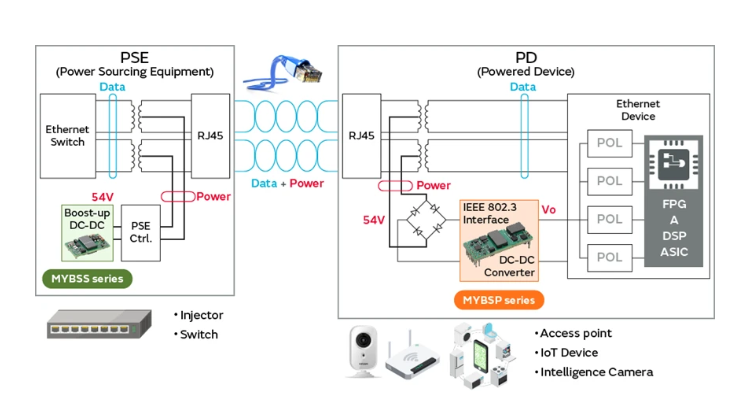
Highly integrated PoE DC-DC converter solution for smart connected V2X applications
PoE is a technology that can save power cables and only need to power devices and transmit data signals through Ethernet cables. It can transmit data through Ethernet cables and detect and judge the power of the device to transmit the power required by the device, and can be used anywhere without the power cord, so that V2X application devices can also reduce the trouble of power wiring and speed up the layout of smart cities. The current IEEE PoE protocol has a total of three standards, respectively, the earliest PoE (IEEE802.3af) released in 2003, which stipulates that the power of the PD device is 13W, and the PSE end is 15.4W; Then PoE+ (IEEE802.3at) released in 2009, its PD device power increased to 25.5W, PSE is updated to 30W; Now the latest PoE++ (IEEE802.3bt) was released in 2018, and its corresponding PD side device power was changed to 71W, and the corresponding PSE side device power was 90W.
Murata's PoE DC-DC converters achieve miniaturization and thinness through the use of a planar transformer, which means that the planar transformer has a higher inductance coupling coefficient between the primary and secondary, so the power loss is reduced and the efficiency is also increased. The high inductive coupling coefficient reduces the leakage inductance and enables the DC-DC converter to achieve low noise.
Murata's PoE DC-DC converters feature the PD controller required for PoE and, in addition, are designed to operate without external capacitors or minimal capacitors so that customers can easily install PoE systems for their applications.
Murata has introduced PD and PSE isolated DC-DC converter modules for PoE, and the MYBSP series for PD side has 5V output or 12V output, with power up to 72W. In addition, the MYBSS series is a boost DC-DC converter for PSE, providing 54V output with 30W power.
Murata's MYBSP/MYBSS family of products incorporates IEEE802.3af compliance; IEEE802.3at; IEEE802.3bt and PoE communication standard hardware classification protocol function, using a planar transformer, to achieve miniaturization design and high isolation strength. It complies with IEEE 802.3af or IEEE 802.3at and IEEE802.3bt standards, has the advantages of small board area, thin profile and low noise, is suitable for operating temperatures from -40 to +85 ° C, has low electromagnetic interference characteristics, supports 2250Vdc input-output isolation, and uses fewer external capacitors.
Murata's MYBSP/MYBSS series not only saves space and costs, but also reduces time to market, not only for V2X vehicle tracking, but also for wireless access points, edge computing systems, surveillance cameras, biometrics, conferencing systems, LED lighting, IP phones, digital signage, and more.
Conclusion
The combination of 5G and V2X technology makes the realization of V2X applications no longer on paper, and has gradually developed towards specific application examples to accelerate the implementation of V2X applications. Murata's versatile V2X module portfolio, capable of supporting both DSRC and C-V2X wireless communication technologies, in addition to miniaturized and thin PoE DC-DC converters, will help global automotive customers accelerate the commercialization of V2X. Murata's engineering team can also assist customers in antenna design and solution optimization, which will help customers capture new blue ocean business opportunities in V2X applications early.
Heisener Electronic is a famous international One Stop Purchasing Service Provider of Electronic Components. Based on the concept of Customer-orientation and Innovation, a good process control system, professional management team, advanced inventory management technology, we can provide one-stop electronic component supporting services that Heisener is the preferred partner for all the enterprises and research institutions.
